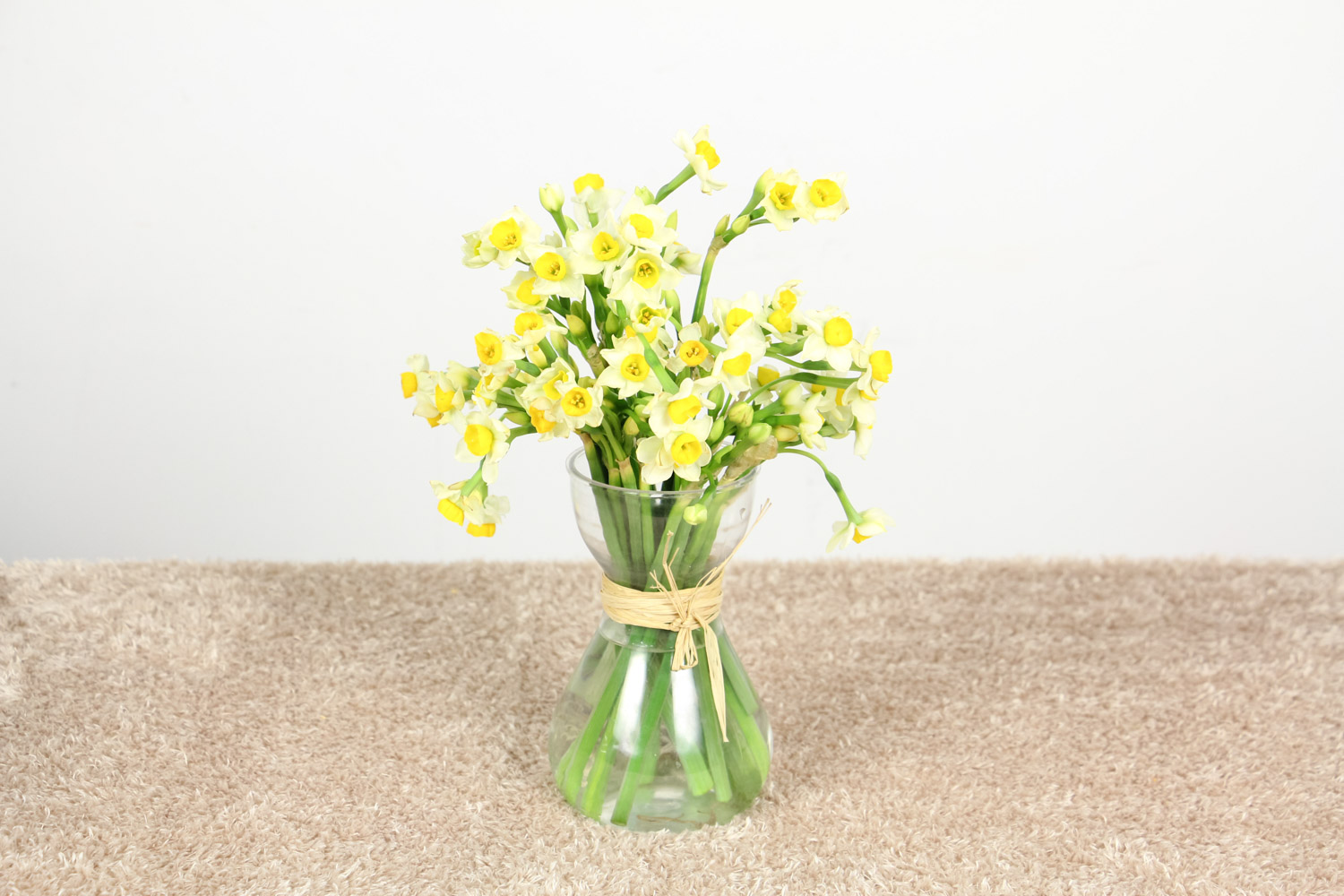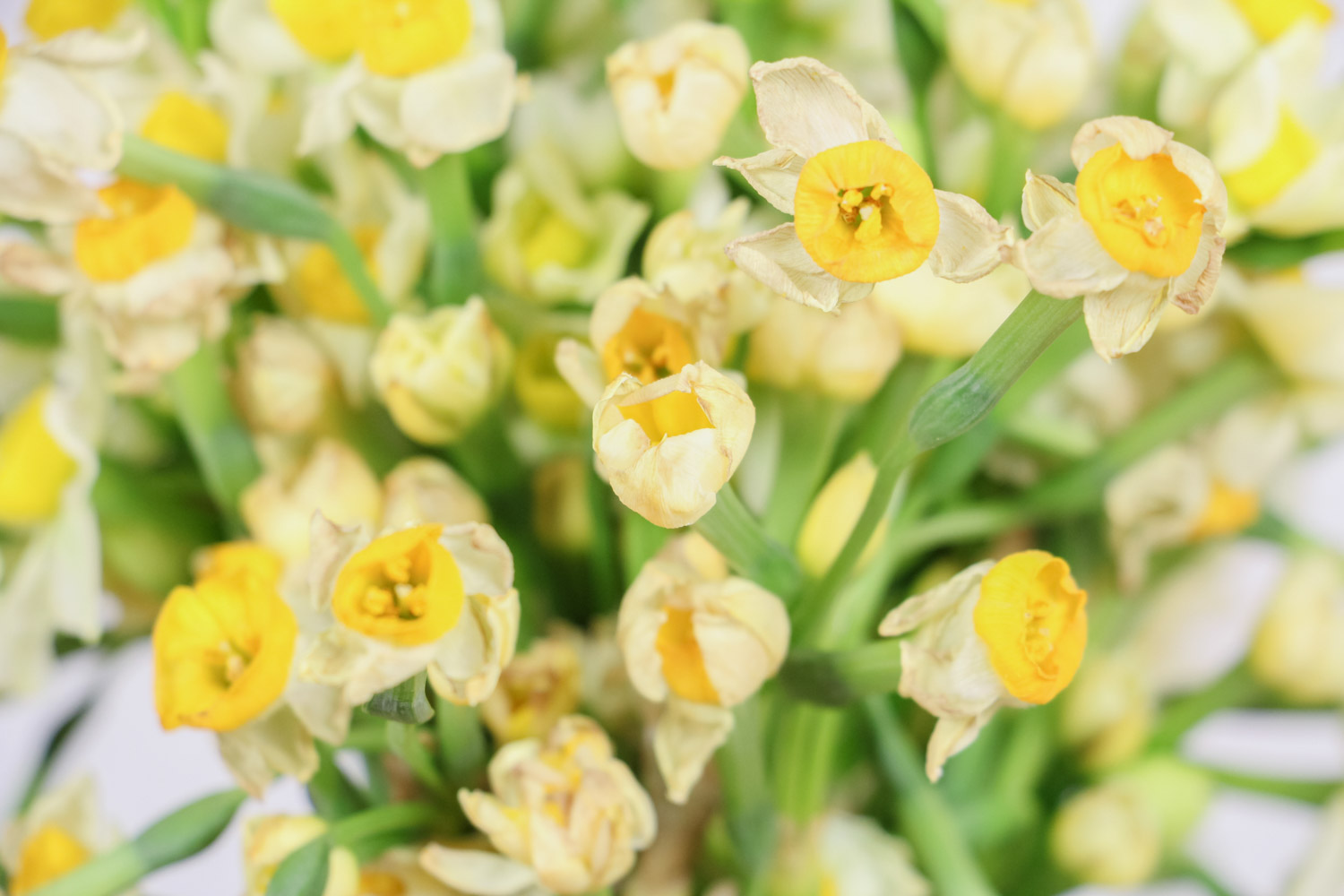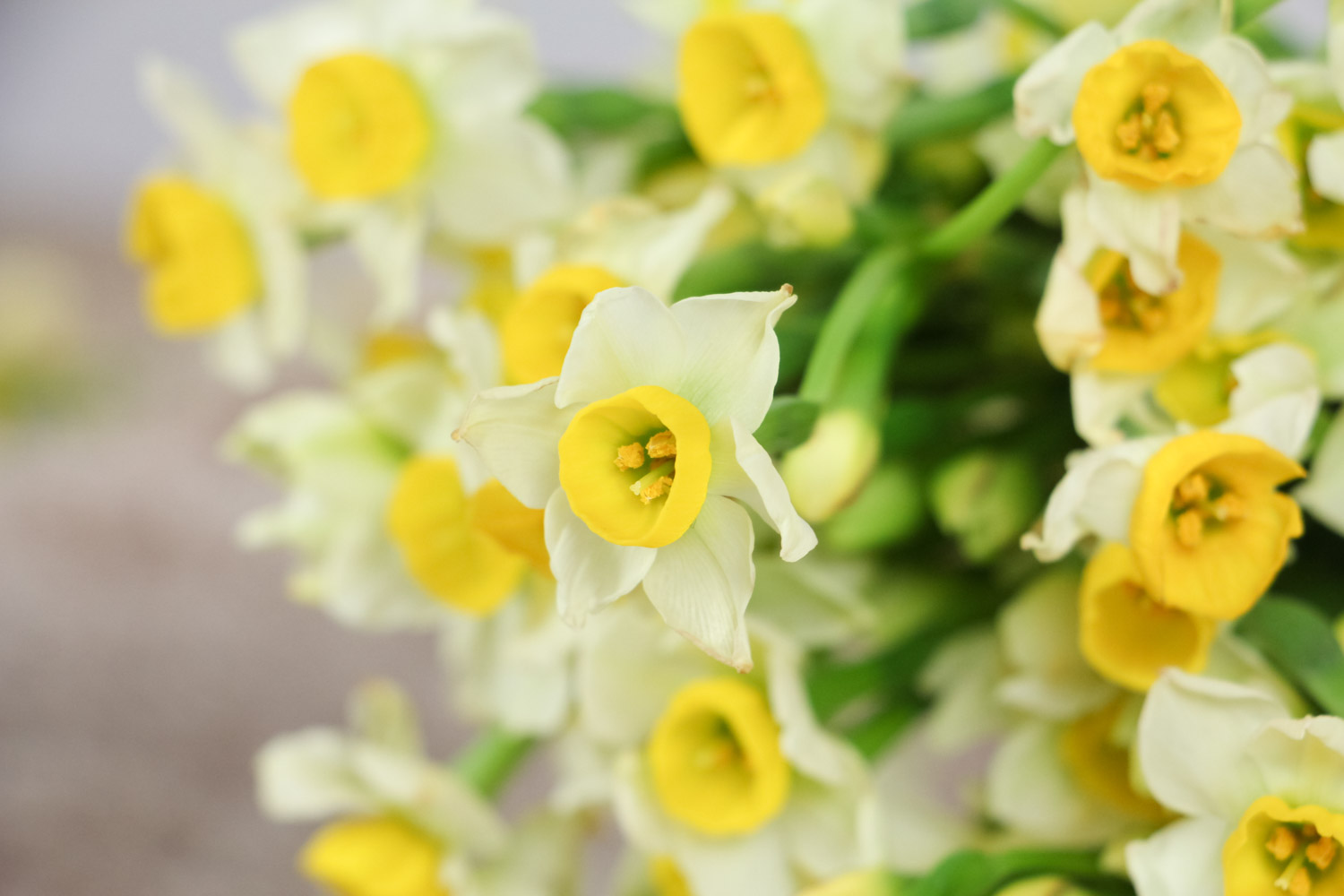1、 The temperature exceeds the curing requirements
The first factor causing Narcissus lodging is likely to be the high temperature. In fact, Narcissus, as a winter flower, does not have high requirements for temperature. However, in winter, especially in the north, the indoor temperature is generally high. At this time, if the timely and reasonable ventilation can not be achieved in time, it will cause the symptom of plant falling
Solution: reasonably control the room temperature and try to put it in a relatively cool place for curing to prevent the indoor temperature from being too high

2、 Nutrient deficiency
If it is Narcissus, we may not need to supplement it with nutrients at ordinary times. However, this is also relatively limited by certain conditions. If the leaves of the plant are soft and thin, in this case, it is likely that the plant lacks nutrients and lodging will naturally occur
Solution: under normal circumstances, the nutrients stored by Narcissus are enough for their own use. Only under special circumstances do they need to supplement nutrients. Therefore, pay attention to an appropriate amount at this time. You can dip a small amount of nutrient solution with chopsticks and mix it in the water. Just a little attention! Many flower friends recommend that when the leaves have no spirit, you can dip an appropriate amount of honey in water, which can effectively alleviate it

3、 Untimely trimming and shaping
If the leaves of the plant are too long and the bottom of the foundation of the plant cannot support the leaves, the plant will naturally have the symptoms of lodging. The lodging caused by this reason is nothing more than the owner's poor care and carelessness
Solution: trim and reshape them timely and reasonably. The scattered leaves can be folded with cloth or rope and trimmed and reshaped uniformly

4、 Insufficient light causes overgrowth
This is also one of the reasons for the fall of daffodils. Many flower friends easily ignore the problem of light in the process of maintenance, but in fact, when the plant has insufficient light for a long time, it is likely to cause the excessive growth of leaves. In this way, it will not only affect the flowering, but also cause the yellow leaves
Solution: add light in time, but remember to be reasonable and appropriate. Excessive light is not good for its growth

 how many times do yo...
how many times do yo... how many planted tre...
how many planted tre... how many pine trees ...
how many pine trees ... how many pecan trees...
how many pecan trees... how many plants comp...
how many plants comp... how many plants can ...
how many plants can ... how many plants and ...
how many plants and ... how many pepper plan...
how many pepper plan...

























